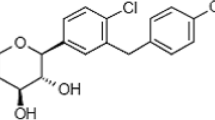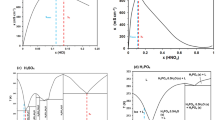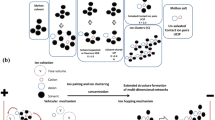Abstract
IN a recent publication1 Sewell and Stock have presented their results for the effect of an inert gas, nitrogen, on the solubility of carbon tetrachloride in non-volatile liquids used as stationary phases in gas-liquid chromatography. Although not stated, it is to be understood that the method is based on the original proposals and work of Freeguard2 and Stock, and it is the aim of this publication to direct attention to the consistency of Freeguard's results and to indicate a method whereby the later results may be used to evaluate B12, the second virial coefficient that accounts for the interactions between unlike molecules of the mixed gases.
This is a preview of subscription content, access via your institution
Access options
Subscribe to this journal
Receive 51 print issues and online access
$199.00 per year
only $3.90 per issue
Buy this article
- Purchase on Springer Link
- Instant access to full article PDF
Prices may be subject to local taxes which are calculated during checkout
Similar content being viewed by others
References
Sewell, P. A., and Stock, R., Nature, 207, 618 (1965).
Freeguard, G. F., thesis, Univ. Wales (1961).
Freeguard, G. F., and Stock, R., Trans. Faraday Soc., 59, 1655 (1963).
Sewell, P. A., and Stock, R. (personal communication).
Coggan, G. C. (to be published).
Author information
Authors and Affiliations
Rights and permissions
About this article
Cite this article
FREEGUARD, G. Partition Isotherms and the Mixed Second Virial Coefficient. Nature 209, 1124–1125 (1966). https://doi.org/10.1038/2091124a0
Issue Date:
DOI: https://doi.org/10.1038/2091124a0
Comments
By submitting a comment you agree to abide by our Terms and Community Guidelines. If you find something abusive or that does not comply with our terms or guidelines please flag it as inappropriate.



